In the realm of transportation and logistics, dry bulk tanks play a pivotal role in the efficient and safe conveyance of various commodities. At CarMax Vehicle, we understand the intricacies involved in manufacturing and maintaining dry bulk tanks. This article delves into the reasons why dry bulk tanks necessitate special care, ensuring optimal performance, longevity, and safety.
Understanding Dry Bulk Tanks
Dry bulk tanks are specialized containers designed to transport dry commodities such as grains, minerals, fertilizers, and other granular materials. Unlike liquid transport, dry bulk handling involves unique challenges that mandate meticulous attention to tank design, maintenance, and operational procedures.
Key Characteristics of Dry Bulk Tanks
- Material Composition: Typically constructed from steel or aluminum to ensure durability and resistance to external elements.
- Design Features: Equipped with features like multiple compartments, ventilation systems, and efficient loading/unloading mechanisms.
- Capacity: Varies based on the type of commodity and transportation requirements, ranging from small containers to large semi-trailers.
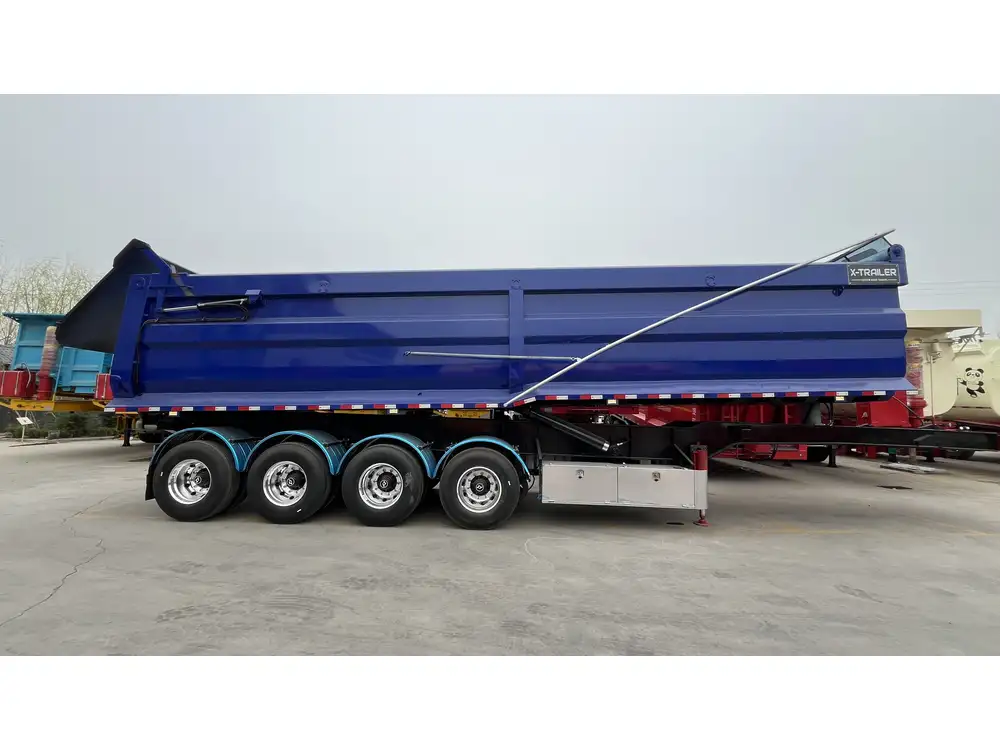
The Importance of Special Care for Dry Bulk Tanks
Special care for dry bulk tanks is not merely a best practice but a necessity. The nature of the transported materials, combined with the demands of transportation, imposes specific requirements to maintain the integrity and functionality of the tanks.
Preventing Contamination
Contamination can compromise the quality of the transported goods, leading to significant financial losses and damage to reputation. Proper cleaning and maintenance protocols are essential to prevent cross-contamination between different cargoes.
Ensuring Structural Integrity
Frequent loading and unloading, coupled with varying weight distributions, can exert stress on the tank structure. Special care ensures that the tanks remain robust, minimizing the risk of leaks, cracks, or structural failures.
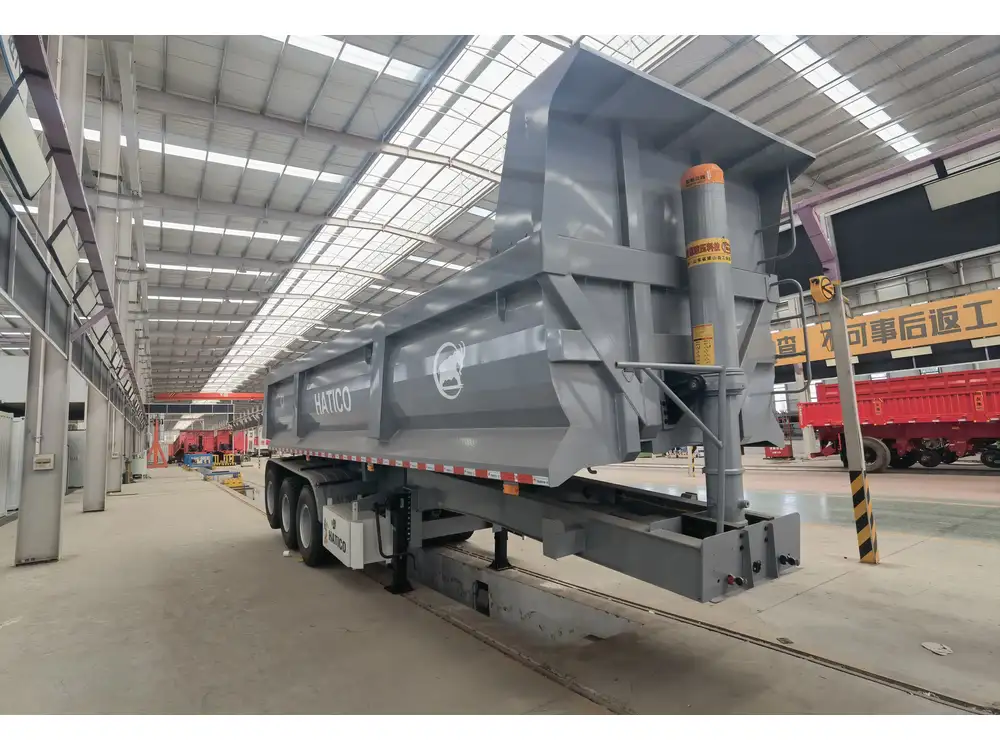
Compliance with Regulations
Governments and international bodies have stringent regulations governing the transport of dry bulk materials. Adhering to these regulations is crucial to avoid legal repercussions and ensure the safety of transportation operations.
Key Factors Requiring Special Care
Several factors contribute to the necessity for special care in dry bulk tanks. Understanding these factors is essential for effective maintenance and operation.
Material Compatibility
- Commodity Type: Different materials may require specific tank materials to prevent reactions or degradation.
- Tank Material: The tank’s construction material must be compatible with the transported commodity to avoid contamination and structural issues.

Structural Integrity
- Load Distribution: Uneven loading can lead to localized stress points, necessitating regular inspections and balanced loading practices.
- Wear and Tear: Continuous use can result in wear, necessitating timely repairs and reinforcements.
Maintenance and Inspection
- Regular Cleaning: Prevents buildup of residues that can affect the quality of future loads.
- Scheduled Inspections: Identifies potential issues before they escalate, ensuring timely interventions.
Safety Regulations and Compliance
- Standards Adherence: Compliance with international and local standards ensures safe transportation practices.
- Documentation: Proper record-keeping facilitates regulatory compliance and traceability.

Consequences of Neglecting Special Care
Failing to provide special care to dry bulk tanks can lead to a multitude of issues, impacting both operational efficiency and financial performance.
Operational Disruptions
Structural failures or contamination can halt transportation operations, causing delays and financial losses.
Increased Maintenance Costs
Neglected tanks often require extensive repairs, leading to higher maintenance costs compared to regular upkeep.
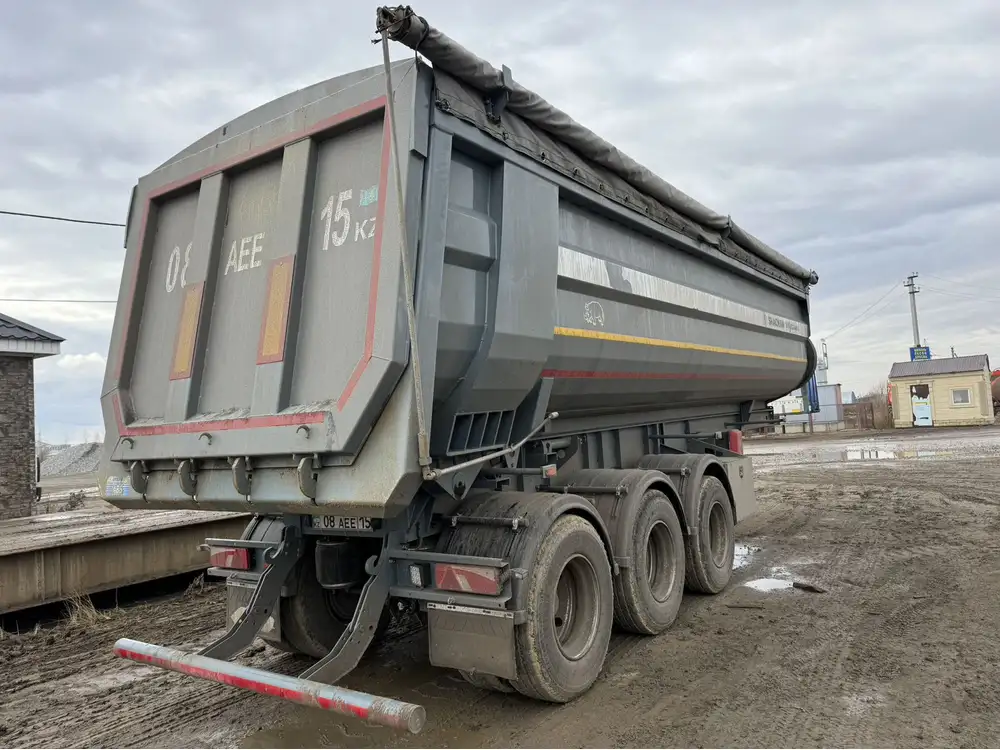
Legal and Regulatory Repercussions
Non-compliance with safety and transport regulations can result in hefty fines, legal action, and revocation of operating licenses.
Reputation Damage
Quality issues or safety incidents can tarnish a company’s reputation, affecting customer trust and business prospects.
Best Practices for Maintaining Dry Bulk Tanks
Implementing best practices is essential for the longevity and efficiency of dry bulk tanks. Below are key strategies to ensure optimal maintenance and operation.
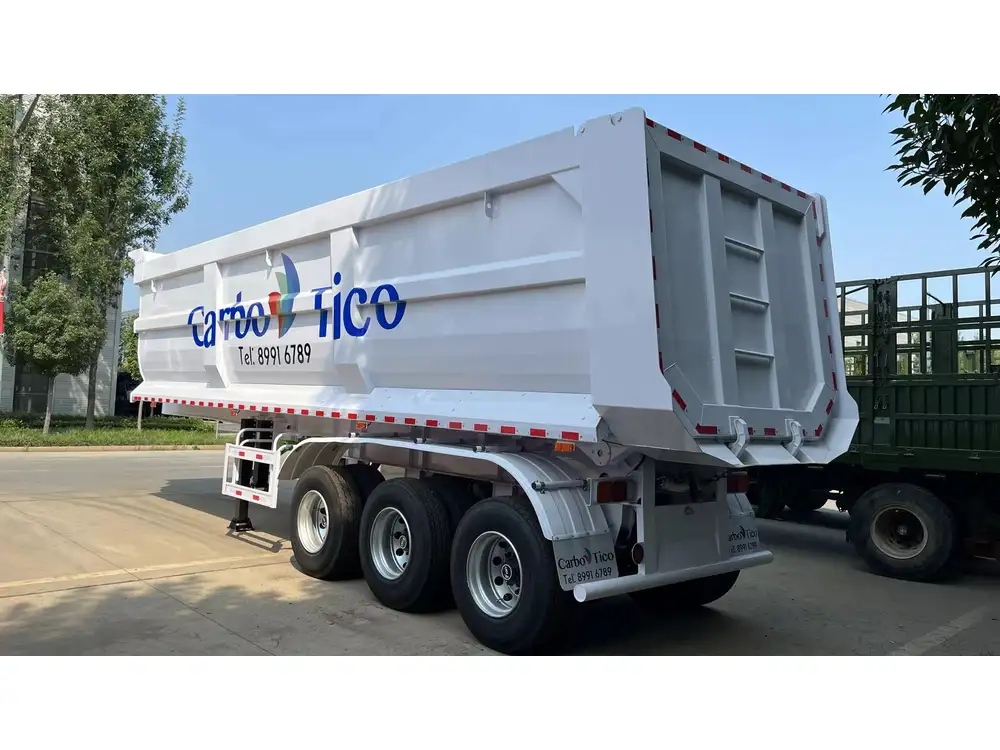
Regular Inspections
Conducting frequent inspections helps identify and address potential issues promptly. This includes checking for:
- Structural Damage: Cracks, dents, or deformities in the tank structure.
- Leakages: Signs of moisture or residue indicating potential leaks.
- Ventilation Systems: Ensuring proper functioning to prevent moisture buildup and contamination.
Proper Loading and Unloading Procedures
Adhering to standardized loading and unloading protocols minimizes stress on the tank structure and prevents material wastage.
- Balanced Loading: Ensures even weight distribution, reducing the risk of structural stress.
- Controlled Unloading: Prevents abrupt shifts in weight that can compromise tank integrity.
Environmental Controls
Maintaining appropriate environmental conditions within the tank is crucial to preserve the quality of the transported goods.
- Ventilation: Adequate airflow prevents moisture accumulation and contamination.
- Temperature Control: Regulates the internal environment to suit the transported commodity.
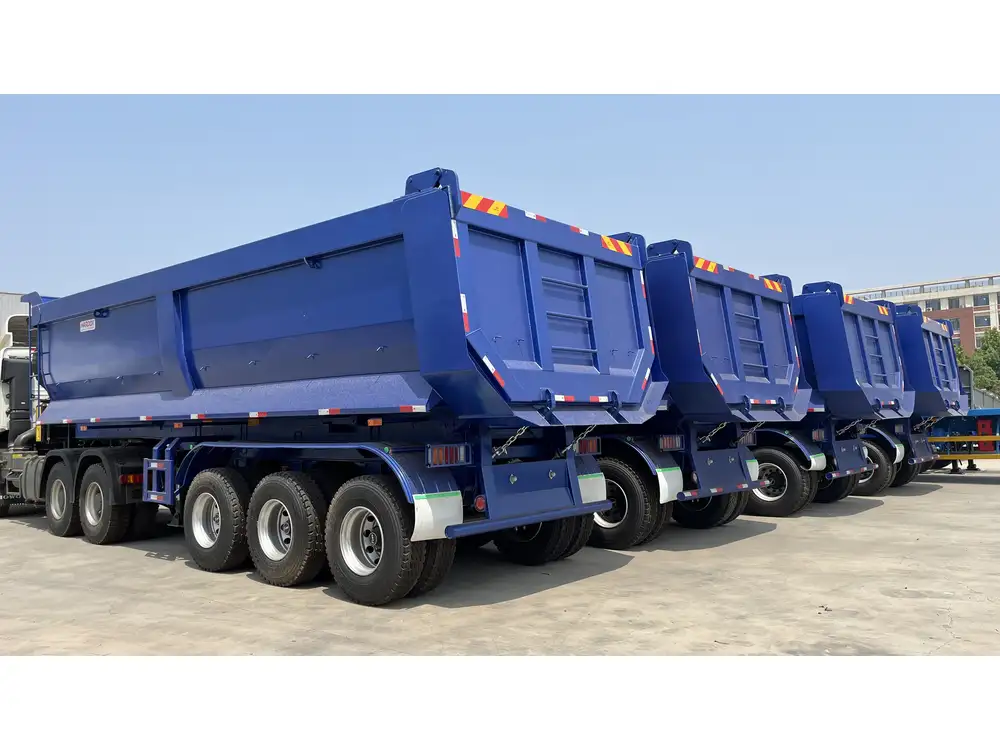
Training for Personnel
Ensuring that personnel are well-trained in handling, loading, unloading, and maintaining dry bulk tanks is vital for operational safety and efficiency.
- Safety Protocols: Familiarity with safety measures to prevent accidents and incidents.
- Maintenance Procedures: Understanding the importance of regular upkeep and proper handling techniques.
Technological Advancements in Dry Bulk Tanks
Embracing technological advancements can significantly enhance the maintenance and operation of dry bulk tanks.
Automated Monitoring Systems
Integrating sensors and automated systems allows real-time monitoring of tank conditions, enabling proactive maintenance and issue detection.
- Leak Detection: Automated alerts in case of leaks or structural failures.
- Environmental Sensors: Monitoring temperature, humidity, and other environmental factors within the tank.
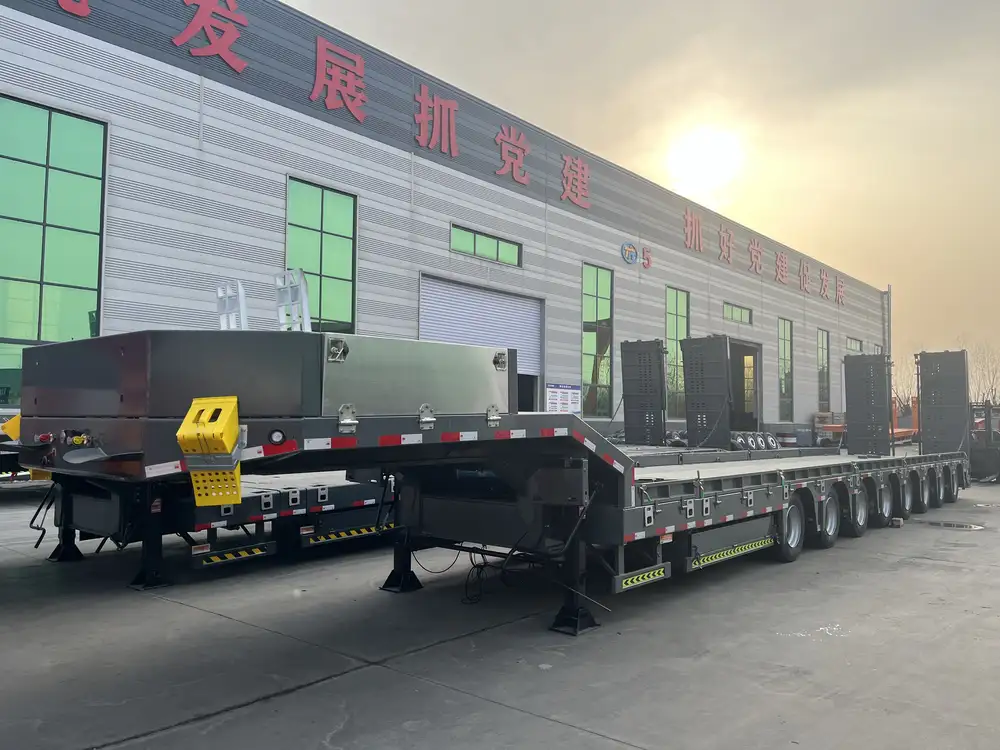
Advanced Materials
Utilizing cutting-edge materials can improve the durability and performance of dry bulk tanks.
- Corrosion-Resistant Alloys: Enhance the longevity of tanks exposed to harsh conditions.
- Lightweight Composites: Reduce overall tank weight without compromising strength.
Why CarMax Vehicle is Your Optimal Partner
At CarMax Vehicle, we prioritize quality, safety, and innovation in our dry bulk tanks. Our commitment to excellence ensures that our clients receive products that not only meet but exceed industry standards.
Superior Design and Engineering
Our tanks are meticulously designed to withstand the rigors of transportation, incorporating features that enhance durability and functionality.
- Robust Construction: Ensures long-term performance and resistance to environmental stressors.
- Innovative Features: Incorporate the latest advancements for improved operational efficiency.
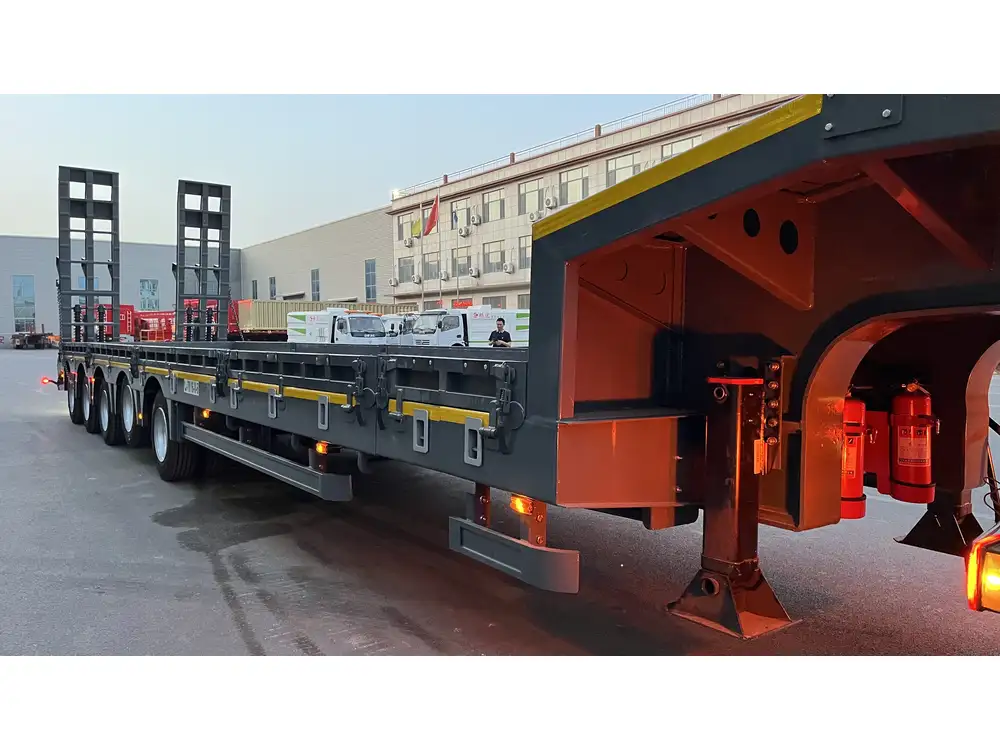
Rigorous Quality Assurance
Quality is at the forefront of our manufacturing process. We employ stringent quality control measures to guarantee the reliability and safety of our tanks.
- Comprehensive Testing: Ensures each tank meets predefined standards before deployment.
- Continuous Improvement: We consistently refine our processes to enhance product quality and performance.
Exceptional Customer Support
Our commitment extends beyond manufacturing. We provide ongoing support to our clients, ensuring seamless operation and maintenance of our dry bulk tanks.
- Technical Assistance: Expert guidance on installation, operation, and maintenance.
- After-Sales Service: Prompt and efficient resolution of any post-purchase concerns.
Comparative Analysis: Specialized vs. Non-Specialized Dry Bulk Tanks
Understanding the differences between specialized and non-specialized dry bulk tanks highlights the importance of opting for specialized care.
| Feature | Specialized Dry Bulk Tanks | Non-Specialized Dry Bulk Tanks |
|---|---|---|
| Material Compatibility | High – tailored to specific commodities | Low – generic materials may lead to contamination |
| Structural Integrity | Enhanced – designed for balanced loading and stress management | Variable – may not withstand uneven loads |
| Maintenance Requirements | Regular and detailed maintenance protocols | Inconsistent maintenance leading to potential issues |
| Compliance with Regulations | Fully compliant with industry standards | May fall short on regulatory requirements |
| Longevity and Durability | Extended lifespan due to superior design and materials | Shorter lifespan with higher risk of failures |

Case Study: Enhancing Efficiency with CarMax Vehicle
Consider a logistics company transporting various grains across different regions. By switching to CarMax Vehicle’s specialized dry bulk tanks, the company observed:
- Reduced Contamination Incidents: Due to superior material compatibility and cleaning protocols.
- Decreased Maintenance Costs: Thanks to robust design and reliable performance.
- Improved Compliance: Seamless adherence to regional and international transport regulations.
- Enhanced Operational Efficiency: Streamlined loading and unloading processes facilitated by innovative tank features.
The Financial Implications of Special Care
Investing in special care for dry bulk tanks yields significant financial benefits in the long run.
Cost Savings on Maintenance and Repairs
Proactive maintenance reduces the frequency and severity of repairs, leading to lower overall maintenance costs.

Minimizing Downtime
Reliable tank performance ensures uninterrupted operations, maximizing productivity and revenue.
Preserving Asset Value
Well-maintained tanks retain their market value, providing better returns on investment and asset resale value.
Sustainability and Environmental Responsibility
Special care for dry bulk tanks also aligns with sustainability and environmental responsibility goals.

Reducing Waste
Proper maintenance prevents leaks and spills, minimizing environmental contamination and material wastage.
Energy Efficiency
Advanced tank designs can contribute to energy-efficient operations, reducing the carbon footprint of transportation activities.
Eco-Friendly Materials
Utilizing sustainable materials in tank construction supports broader environmental conservation efforts.

Future Trends in Dry Bulk Tank Care
The industry is continually evolving, with emerging trends shaping the future of dry bulk tank maintenance and operation.
Smart Technology Integration
The incorporation of IoT and AI-driven technologies facilitates predictive maintenance and enhances operational insights.
Sustainable Manufacturing Practices
Manufacturers are increasingly adopting eco-friendly practices, from material selection to production processes, minimizing environmental impact.
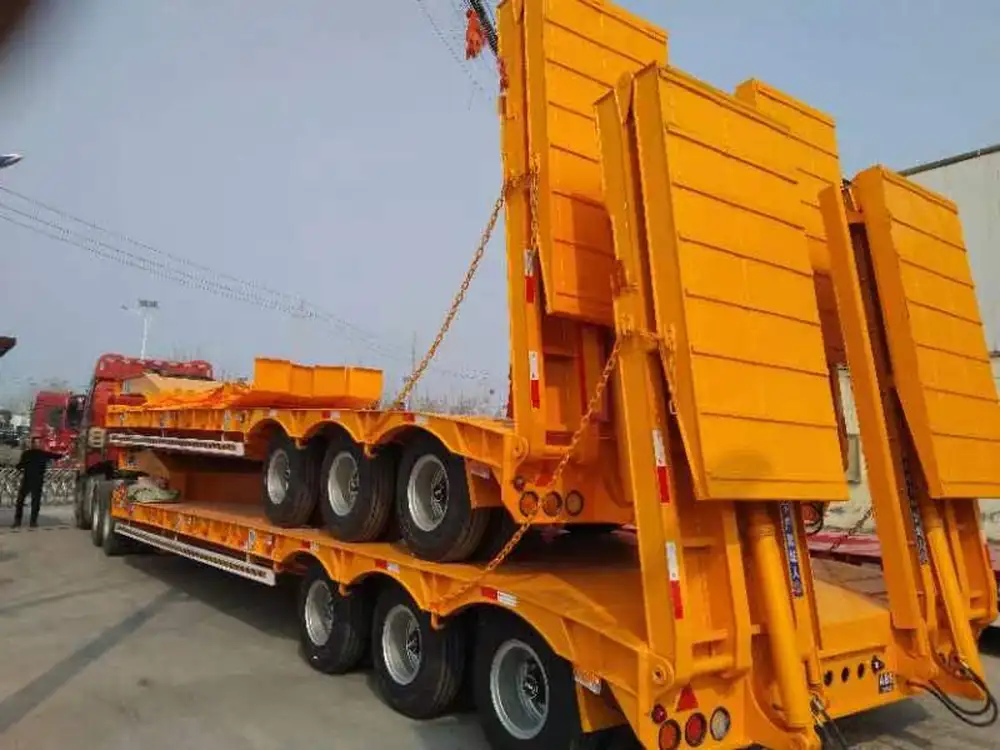
Customization and Flexibility
Future dry bulk tanks will offer greater customization options, catering to diverse transportation needs and evolving market demands.
Conclusion
Special care for dry bulk tanks is indispensable for ensuring the safe, efficient, and cost-effective transportation of dry commodities. At CarMax Vehicle, we are committed to delivering high-quality, reliable dry bulk tanks that meet the highest industry standards. By prioritizing maintenance, adhering to regulations, and embracing technological advancements, we help our clients achieve operational excellence and sustainability in their transportation endeavors.
Frequently Asked Questions (FAQs)
1. What makes dry bulk tanks different from liquid transport tanks?
Dry bulk tanks are specifically designed to handle granular or powdered materials, requiring features like ventilation systems and specialized loading/unloading mechanisms, unlike liquid transport tanks which focus on containment and fluid dynamics.
2. How often should dry bulk tanks be inspected?
Regular inspections are crucial and should be conducted at least monthly, with more frequent checks depending on usage intensity and the nature of the transported materials.
3. Can dry bulk tanks be used for multiple types of commodities?
While it is possible, using dry bulk tanks for multiple commodities requires thorough cleaning and maintenance to prevent cross-contamination, and tanks should ideally be designed for specific material types.
4. What are the common signs that a dry bulk tank needs maintenance?
Indicators include visible structural damage, unusual noise during operation, signs of leakage or moisture accumulation, and discrepancies in loading or unloading efficiency.
5. How does CarMax Vehicle ensure the quality of its dry bulk tanks?
We implement rigorous quality control measures, including comprehensive testing, adherence to international standards, and continuous improvement processes to ensure each tank meets the highest quality and safety standards.



